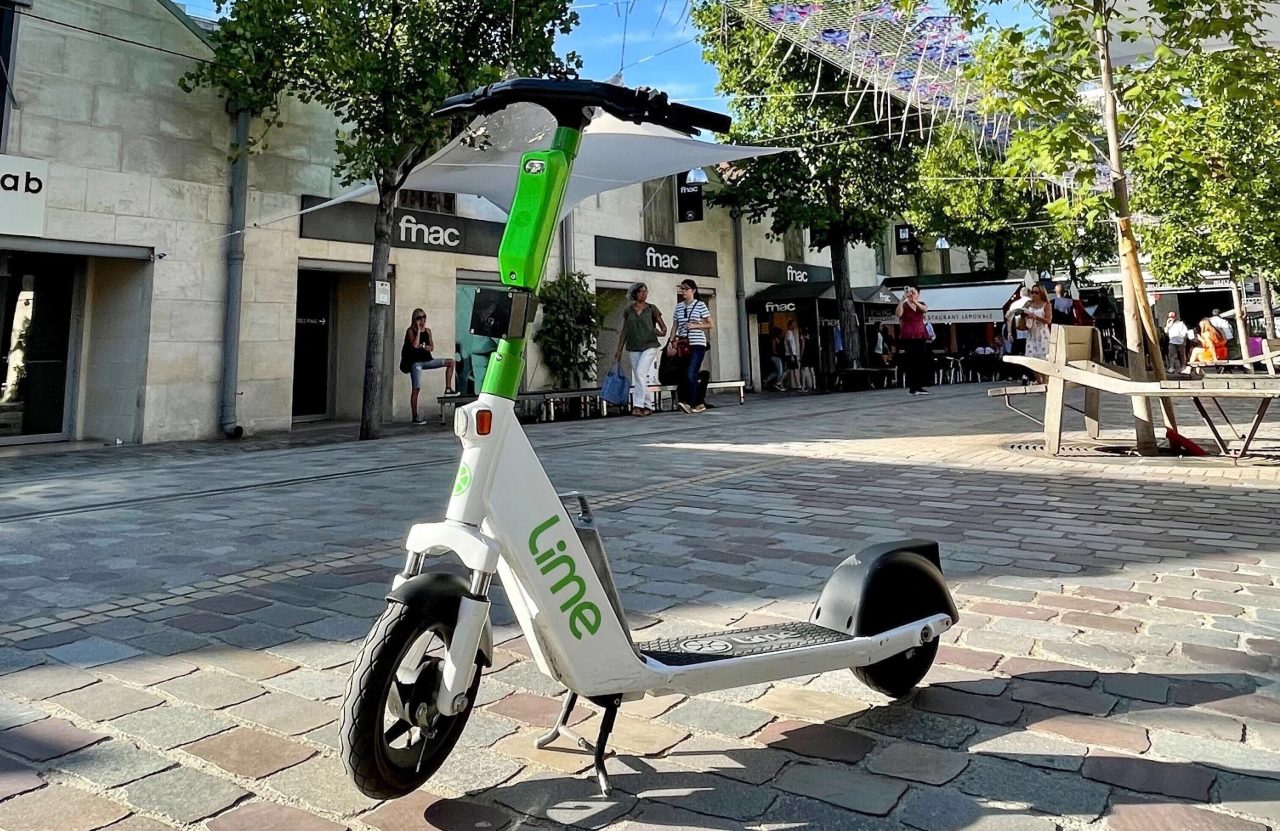The way we traverse urban landscapes is evolving, and with it, the challenges associated with micromobility. As shared scooters and bikes become commonplace, cities grapple with the implications of their usage, particularly when riders choose to escape the bicycle lanes and venture onto sidewalks. Lime, a front-runner in the shared micromobility sector, is tackling this dilemma head-on with an in-house developed advanced rider assistance system (ARAS) designed to identify sidewalk riding using innovative camera technology. This post delves into Lime’s groundbreaking approach, its implications for urban transport, and its potential for fostering safer streets.
Lime’s Vision: A New Era of Safety and Compliance
In a move to enhance urban transportation solutions, Lime is piloting its computer vision technology starting in cities like San Francisco and Chicago. This advanced system will utilize cameras mounted on scooters to detect when riders are, in fact, on sidewalks rather than bike paths. This initiative is not merely about enforcing regulations; it portrays varying potentials that cities and micromobility companies can unlock when they collaborate in pursuit of safer streets.
The Mechanics of Computer Vision Technology
Under the captivating term “Lime Vision,” this initiative aims to revolutionize how micromobility operators interact with their urban environments. The initial iteration of this system will consist of a waterproof unit attached to the scooter, housing a camera, AI chip, and a CPU that processes information in real-time. This innovative setup allows instant detection of sidewalk usage, giving cities the option to alert riders audibly or even impose a speed reduction based on local regulations.
- Real-time Data Processing: Lime Vision’s capability to analyze data within less than a second emphasizes its potential to foster immediate feedback to riders.
- Rider Support: By providing cities with insights into sidewalk riding hotspots, Lime hopes to drive the development of effective infrastructure such as dedicated bike lanes.
A Shift in the Narrative: From Blame to Collaboration
The introduction of this technology signifies a crucial shift in how micromobility is perceived and regulated. Historically, micromobility companies like Lime faced significant backlash when riders contributed to sidewalk congestion. With the implementation of ARAS, Lime is paving the way for a systems-based approach, where data shared with cities can ultimately lead to informed infrastructure improvements.
Joe Kraus, President of Lime, passionately advocates for this transition, underscoring that while GPS-based systems are established, they often lack the precision needed in urban environments. He argues for greater investments in computer vision systems, proposing that as AI technology advances, even city infrastructure can be enhanced, along with rider safety.
A Glimpse Into Future Use Cases
Lime does not envision its computer vision system being confined to identifying sidewalk riding. Beyond the initial goal, there are prospects for incorporating functionalities such as parking detection and potentially even navigation support for riders.
- Broader Localization: Emphasizing accurate maps and detection capabilities will enable Lime to provide contextual services to riders.
- Data-Driven Solutions: Lime Vision could assist cities in identifying problems within transportation systems, like potholes or accident-prone zones, allowing for proactive measures.
Addressing Alcohol-Related Incidents: Interactive Safety Tests
As part of a holistic approach to rider safety, Lime is launching innovative measures to deter drunk riding. A reaction test on the Lime app will challenge users to navigate a virtual scooter game that checks their responsiveness before allowing them to book a ride post curfew. By gamifying safety, Lime is fostering a culture of responsible riding, complementing their technology investments with behavioral interventions.
Conclusion: The Road Ahead for Micromobility
The integration of Lime’s advanced camera-based ARAS marks a significant advancement in the realm of micromobility. As cities continue to adapt to the surge of shared mobility solutions, it’s clear that collaborative technology aimed at promoting safety is paramount. Lime’s proactive developments showcase an exciting path forward in refining urban mobility and making city streets safer for everyone.
At fxis.ai, we believe that such advancements are crucial for the future of AI, as they enable more comprehensive and effective solutions. Our team is continually exploring new methodologies to push the envelope in artificial intelligence, ensuring that our clients benefit from the latest technological innovations. For more insights, updates, or to collaborate on AI development projects, stay connected with fxis.ai.

